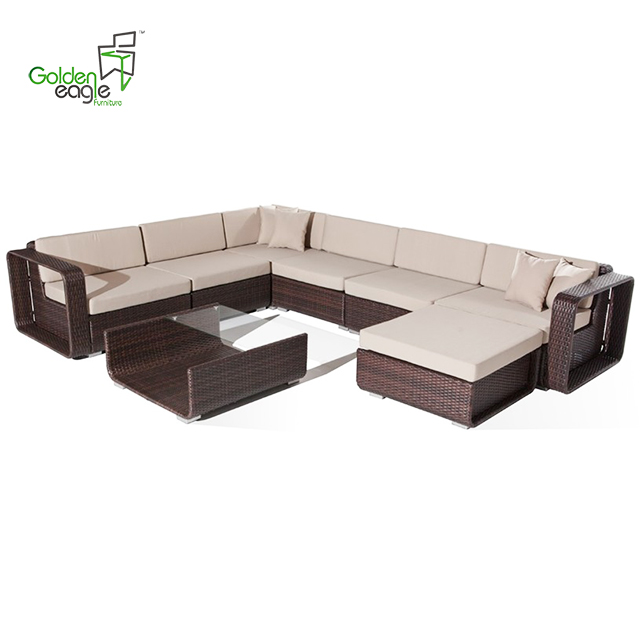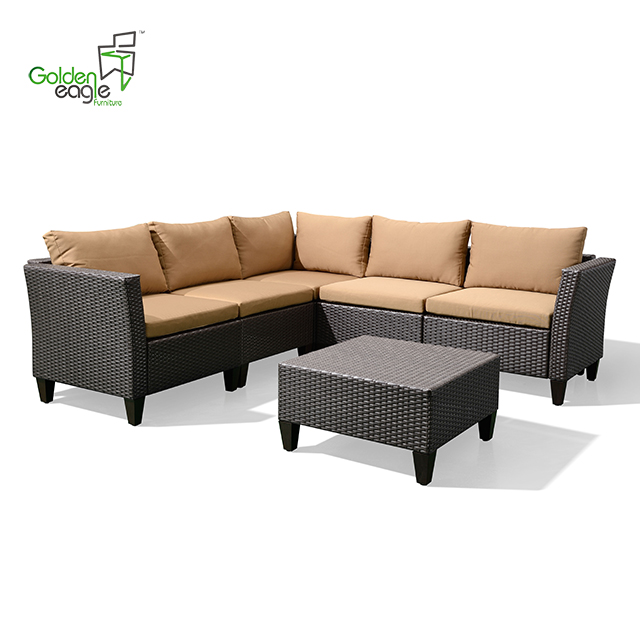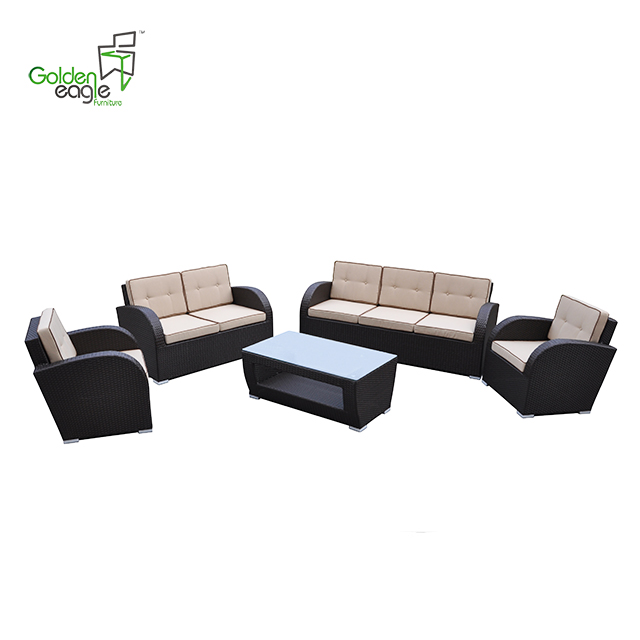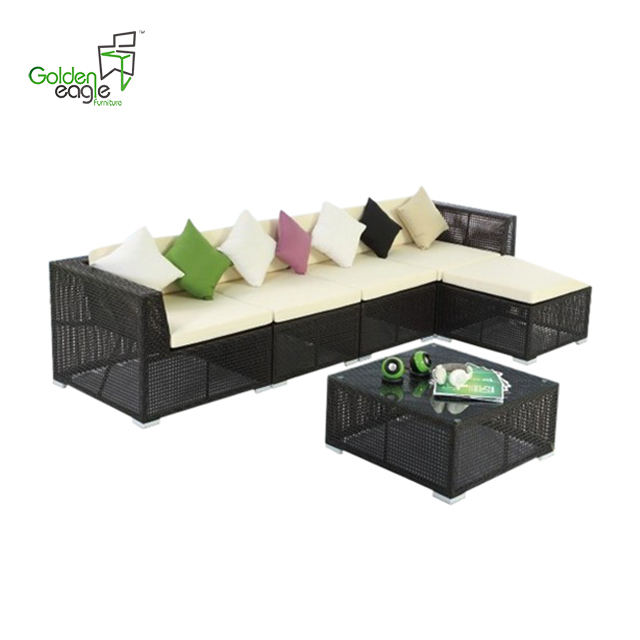Food packaging printing inspection standards
We know that printed packaging materials have different degrees of odor, depending on the composition of the ink used and the printing method. First of all, it should be noted that the emphasis is not on what the scent it emits is, but on the actual impact of the package formed after printing on its content.
As we all know, taste and smell are chemical sensations, and their stimulatory effects are the result of biomolecular reactions. Scientific research shows that: different positions of the tongue will produce acid, sweet, bitter, salty taste effects, and the sense of smell is more sensitive, can quickly smell the nuances of odors, but the same nose is also very easy to "fatigue" Continuing to work, it is generally recommended that perfumers do not continuously identify more than three flavors. Then, what is the testing standard for the odor of packaging prints? There is a detection method used by the German printing industry.
1. Gas chromatographic analysis
Gas chromatographic analysis is widely used in the production of gravure printing packaging materials. The content of residual solvents and other odors on the printed package can be objectively determined by gas chromatography analysis. During gas chromatography, the gas passes through a separation column and is measured by the detector. Even a small amount of gas can be detected. The Flame Ionization Detector (FID) is its primary detection tool. The detector is connected to a PC to record the time and amount of gas leaving the separation column. Each free monomer condition can be identified by comparison with known fluid chromatography. At the same time, the content of each free monomer can be obtained by measuring the area of ​​the recorded peak and comparing with the known volume. When examining the case of unknown monomers in folding cartons, gas chromatography is usually used together with mass spectrometry (MS) to identify unknown monomers by mass spectrometry. In GC analysis, the headspace analysis method is usually used to analyze the folding carton, and the sample to be measured is placed in a sample vial for heating to vaporize the analyzed monomer and enter the headspace. The subsequent process is the same as the previous method. The same test procedure is described.
2. Robimson test
The Robinson test was graded in the German standard DIN log 55 "Influence of packaging materials on the taste of test materials". For printing, what people are concerned about is the effect of solvent residue after ink printing. Therefore, the printing factory usually uses the modified Robinson test method (MHM) to achieve the purpose of detection.
During the inspection process, the surface of the substrate is printed with an amount of ink of 1.5% m2, and then the printed matter and packaged product, such as chocolate, are weighed for a certain period of time (approximately one day) and evaluated for the taste of the package. The results are usually divided into 5, etc.: No changes in taste, such as 0; 1 etc. It is difficult to discern the change of taste; 2 etc. The taste has a slight change; 3, etc. have a certain change in taste; 4 other tastes have obvious changes. Sometimes, it is also tested under actual environmental conditions. For example, the carton is tested at a high temperature of 75% RH. The result of this is usually quite different from the method specified in DIN log55.
The above two methods have quantitatively tested whether the effect of the ink on the odor and taste of the package after printing of the printed matter is safe through practical means, thereby providing a definitive method for evaluating whether the carton package printing is environmentally friendly and safe. China's printing factories and relevant departments can make reference to foreign advanced detection methods and international standards, formulate testing methods and standards that are in line with international standards, and in line with China's production conditions, so as to promote the development of the printing industry.
Outdoor Modular seating Furniture
Modular seating furniture that is section sofa or garden set sofa, semi-round design or round design, L design sofa and so on.
Relax and unwind in thick, all-weather seat and back cushions
excellent hand weaving and sofa waterproof fabric, that is your first choice for garden relax.
· Handwoven premium resin wicker UV resistant
· Rust-resistant powder-coated frames
· Cushions included with 30 density sofa foam
· Versatile tempered glass tables
· Cushions also available with 100% waterproof fabric.
Outdoor modular seating furniture with different style and hand weaving




If you have any questions, please contact with us directly. Outdoor Sofa Furniture are produced
by Golden Eagle Outdoor Furniture With High Quality and Good Appearance. Welcome you can visit our Factory.For any inquiry,Please send mail directly to us.
Modular Seating,Wicker Sofa Set,Outdoor Sectional Sofa,Garden Outdoor Sofa
Golden Eagle Outdoor Furniture Co., LTD. , https://www.gepatio.com